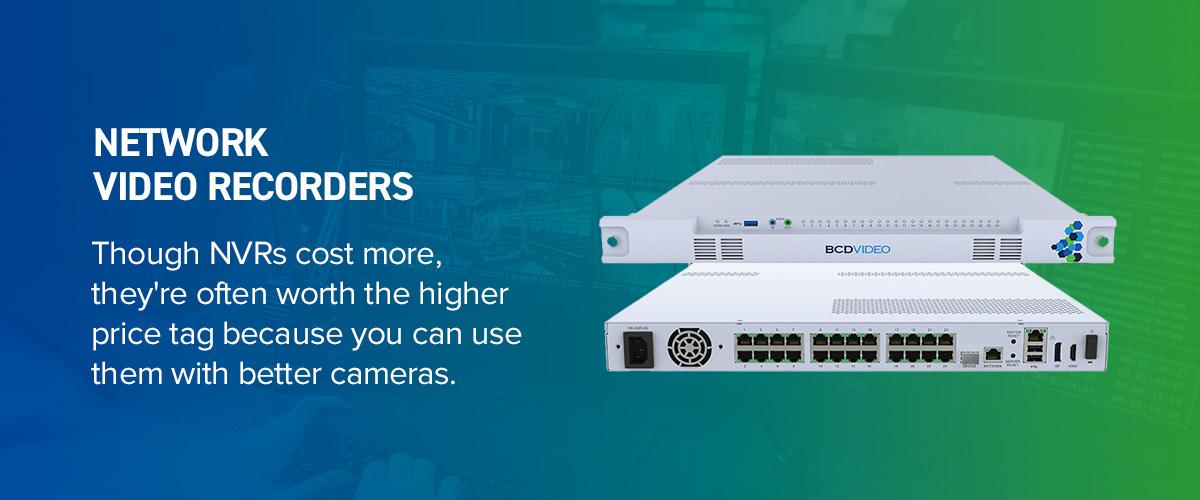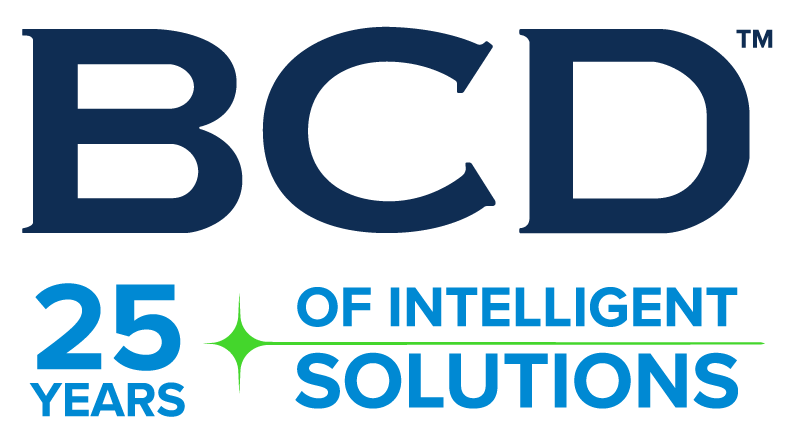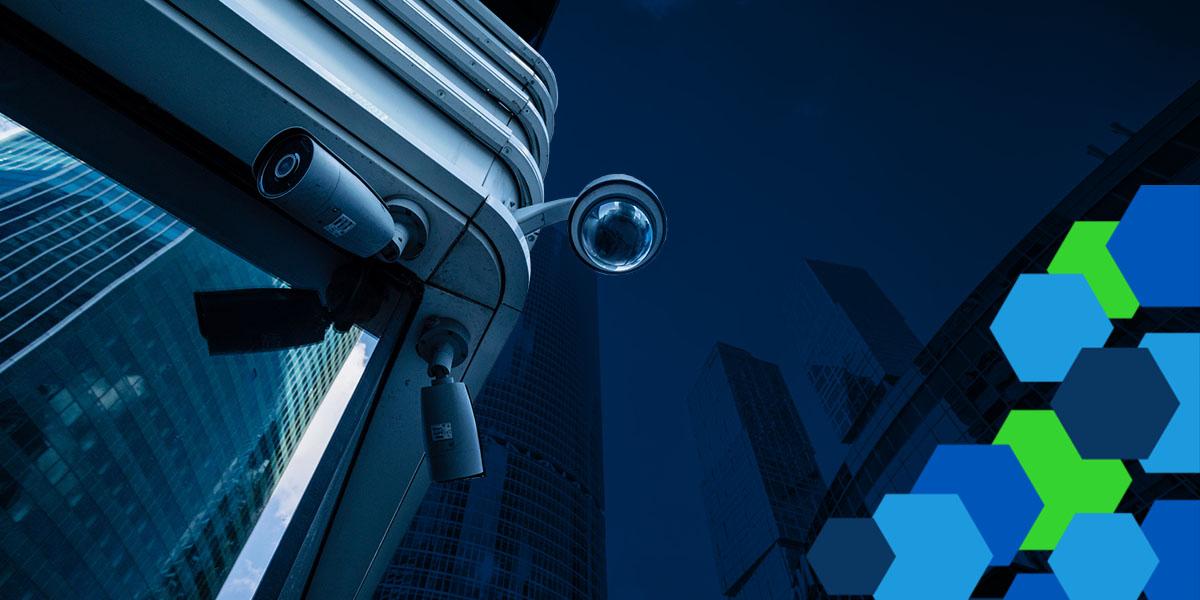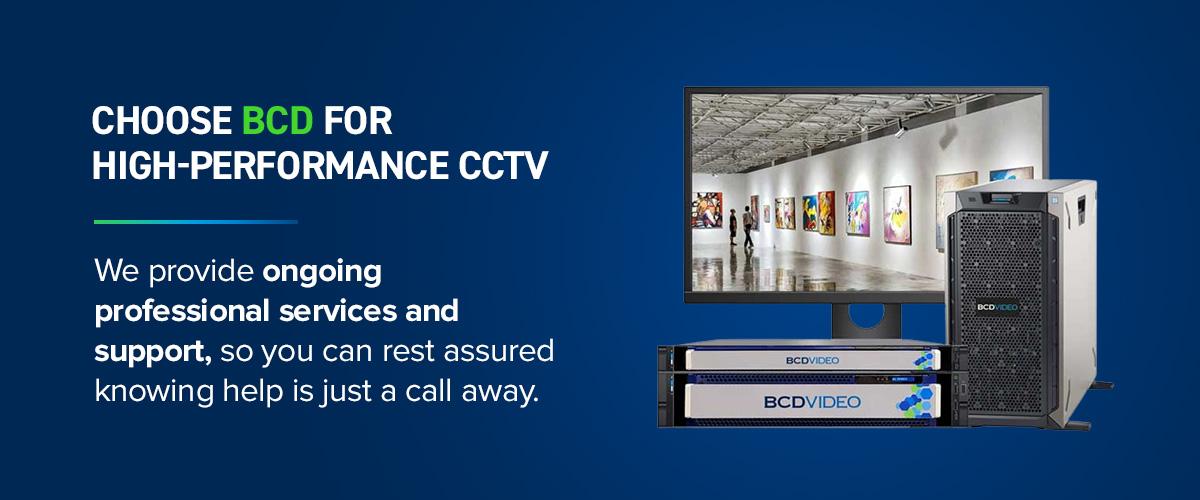Today, you can find closed-circuit television security camera surveillance systems almost anywhere, including in schools, on private properties and spread throughout stadiums. They’re highly effective for preventing security issues or crime from beginning or escalating.
Knowing what goes into a CCTV system can help you design the best solution for your property. Read on for more information about the parts of a CCTV system and what they do.
A Standard CCTV Surveillance System Consists Of These 7 Components:
A typical CCTV system consists of seven parts. Each is crucial for the system’s function, but some play a more critical role than others.
1. Camera
The camera is the central part of a CCTV security system. You can choose from two types.
- Internet protocol: IP cameras use the internet to send and receive footage and are compatible with most devices. As a result, they’re a convenient option for most organizations.
- Analog: Though analog cameras are becoming less common, many legacy systems still use them. However, they’re likely to be incompatible with more modern tech.
Security cameras come in various configurations.
- Bullet: Bullet-shaped cameras often come with bulkier housing to provide extra lens protection. They are more visible than dome cameras, which can deter some threats.
- Dome: Dome cameras look like upside-down half-spheres. They often feature tinted glass, which keeps the lens orientation hidden.
- C-mount: Because C-mount cameras are more rugged, they’re excellent for outdoor applications. They also feature detachable lenses, so you can change the monitoring distance as needed.
- Pan-tilt-zoom: PTZ cameras allow you to point your lens at specific objects in the camera’s field of vision.
The camera system your facility needs primarily depends on what areas you want to monitor. For example, C-mount and bullet cameras are best for outdoor environments, while dome cameras are often best for indoor spaces.
2. Monitoring Stations
At the monitoring station, operators use software-equipped computer monitors to review camera feeds. You may only need a few monitors, or a whole room. Your monitoring station configuration will depend on your system as a whole. You can easily add and remove monitors any time your needs change.
Real-time CCTV streaming apps allow you to take your monitoring station on the go. Many modern systems make apps for mobile devices and laptop computers to provide extra flexibility. Using these apps, you can watch live video feeds, review historical footage and store video data for future use.
3. Video Recording Systems
The video recorder processes and stores the footage from the IP cameras. The earliest CCTV used VCRs for this purpose. Since that recording technology is obsolete, here are the two types of video recorders in use today.
- Digital video recorders: A DVR records digital video to a storage device, such as a disk drive or SD card.
- Network video recorders: Most systems using IP cameras opt for the easy integration and compatibility of NVR. Though NVRs cost more, they’re often worth the higher price tag because you can use them with better cameras. Meanwhile, recent NVRs have been developed to provide all-in-one solutions that simplify your video surveillance system for entry-level applications in a plug-and-play format.
Additionally, video surveillance workstations provide reliable delivery points for security recorders. They take some of the burden off the NVR, enabling better recording and video management. As a result, they’re advantageous for modern recording systems.

4. Supporting Accessories
Supporting accessories such as cables and routers are essential for creating a functional system.
Commercial-grade camera cable is essential for connecting your cameras to your recording device. RG59 Siamese coaxial cable is the most common option for commercial CCTV systems due to its EMI shielding and multiple cabling capabilities.
Ideally, purchasing cable you can cut down to size and attach connectors to will ensure your system is the proper size to deliver high-quality performance for your facility.
If you opt for a wireless system, you’ll also need to purchase a router. Here are some essential considerations for choosing a router.
- Your budget: There’s a router for almost every price point, so you should be able to find one within your budget that has all the features you need.
- Compatibility with your ISP: Though most routers are compatible with any ISP, it’s still worthwhile to check before making an investment.
- Range of coverage: Choose a router that will provide a solid connection to surveillance cameras all over your property. If needed, you can use multiple routers or Wi-Fi extenders to expand coverage.
- Wireless protocol: The wireless protocol number indicates the router’s throughput and range. Choosing a newer Wi-Fi standard can provide the network speed and coverage you need to support your facility.
5. Video Recording Storage Devices
Storage hardware is one of the most critical components of a CCTV security system. Standard hard drives, such as those found in computers, are unsuitable for video storage systems, which collect enormous quantities of video data.
High-performance CCTV storage devices enable you to record, store and replay videos on demand from all connected feeds. Look for solutions that offer data protection capabilities, as they’ll help you ensure your data is always accessible and safe from harm.
6. Power Supply
The power supply is another critical part of a CCTV system. A wired power-over-Ethernet security camera enables you to transfer power and data from a camera to a server using the same cable.
Consider these options for organizing your power supply.
- Power supply box: Most commercial security systems opt for power supply boxes to keep all their cabling neat and organized. Power supply boxes also provide individual surge protection for each camera in your system, reducing the need for additional complexity.
- Individual transformers: CCTV systems for smaller facilities may want to consider using individual transformers to power each camera, such as in residential camera systems. However, if your facility needs more than a handful of IP cameras, this solution can quickly spiral into a disorganized mess.
You’ll also need to decide whether you’ll connect your system to AC or DC power. While 12VDC is the most common choice for commercial facilities, 24VAC is typically the better choice for larger facilities because AC power can travel faster than DC with fewer power drops.
7. Video Management Software
An integrated VMS is the linchpin to your video surveillance system. A VMS collects and stores video from your IP cameras, consolidating all the input into a single pane of glass.
In this way, your VMS is a simple solution for managing and overseeing your entire system. From one interface, you can gather, store and retrieve all your live and recorded footage, enabling you to remain compliant with government regulations and reducing complexities within your organization.
Your options vary based on whether you choose DVR or NVR technology. To ensure optimal function, you’ll want to choose a VMS solution that integrates smoothly with the other elements of your IP CCTV video surveillance system.
Choose BCD For High-Performance IP CCTV Solutions
At BCD, we strive to create state-of-the-art technology solutions that empower streamlined monitoring and proactive response. We also provide ongoing professional services and support, so if you experience a problem with your system at any time, you can rest assured knowing help is just a call away.
Ask your security integrator about using BCD products and services to fulfill your IP video data infrastructure needs.


